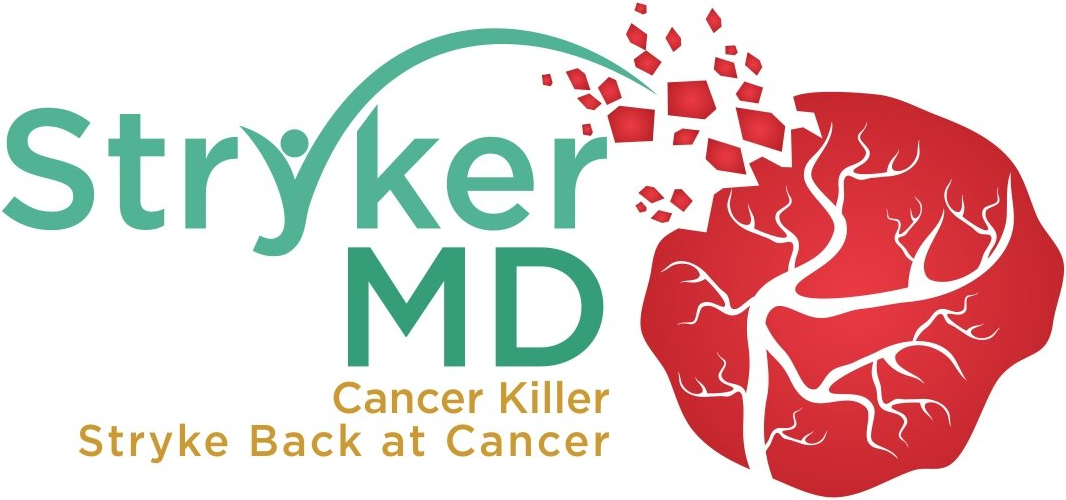Diagnostic Ultrasound
Providing expert cancer scans & reports
Dr. Stryker Offers Many Ultrasounds
Dr. Stryker preforms many types of ultrasounds including:
- Breast Ultrasounds
- Neck (Thyroid) Ultrasounds
- Pelvis Ultrasounds
- Abdominal Ultrasounds
Breast Diagnostic Ultrasound Services
An ultrasound of the breast is performed either in the area of interest of the breast you are having problems with or bilateral breast ultrasound. We look at the architecture of the breast tissue, measure the size of the tumor, look for additional areas which may be suspicious, apply color flow to see if their is a blood supply to the tumor and finally evaluate the axilla to determine if the lymph nodes are normal in appearance or if there is abnormal appearance to the lymph nodes.
Dr. Stryker personally scans you and provides you all the final findings and provide you with a verbal and written report.
Neck (Thyroid) Diagnostic Ultrasound Services
Thyroid ultrasound is a sound wave picture of the thyroid gland taken by a hand-held instrument and translated to a 2-dimensional picture on a monitor. It is used in diagnosis of tumors, cysts or goiters of the thyroid, and is a painless, no-risk procedure.
An ultrasound is the best way to get detailed information about your thyroid gland. The scan can show: the size of any thyroid nodule and whether it is full of fluid or solid. whether a nodule has any characteristics that suggest it may be a thyroid cancer rather than a benign nodule.
- Before your thyroid ultrasound, you may eat normally. No special preparation is required.
- During your ultrasound, pictures of your thyroid will appear on a video screen and several images and measurements will be recorded.
- After your ultrasound, you can resume your normal activities.
Pelvis Diagnostic Ultrasound Services
Ultrasound is safe and painless. It produces pictures of the inside of the body using sound waves. Ultrasound imaging is also called ultrasound scanning or sonography. It uses a small probe called a transducer and gel placed directly on the skin. High-frequency sound waves travel from the probe through the gel into the body. The probe collects the sounds that bounce back. A computer uses those sound waves to create an image. Ultrasound exams do not use radiation (as used in x-rays). Because images are captured in real-time, they can show the structure and movement of the body’s internal organs. They can also show blood flowing through blood vessels.
Ultrasound imaging is a noninvasive medical test that helps physicians diagnose and treat medical conditions.
There are three types of pelvic ultrasound:
- abdominal (transabdominal)
- vaginal (transvaginal/endovaginal) for women
- rectal (transrectal) for men
Preparation For Abdominal Ultrasound
Wear comfortable, loose-fitting clothing. You may need to remove all clothing and jewelry in the area to be examined.
You may be asked to wear a gown during the procedure.
Preparations depend on the type of ultrasound you are having.
- For a study of the liver, gallbladder, spleen, and pancreas, you may be asked to eat a fat-free meal on the evening before the test and then to avoid eating for eight to 12 hours before the test.
- For ultrasound of the kidneys, you may be asked to drink four to six glasses of liquid about an hour before the test to fill your bladder. You may be asked to avoid eating for eight to 12 hours before the test to avoid gas buildup in the intestines.
- For ultrasound of the aorta, you may need to avoid eating for eight to 12 hours before the test.
- Full bladder for a pelvic/bladder ultrasound. Do not empty your bladder prior to pelvic ultrasound.
